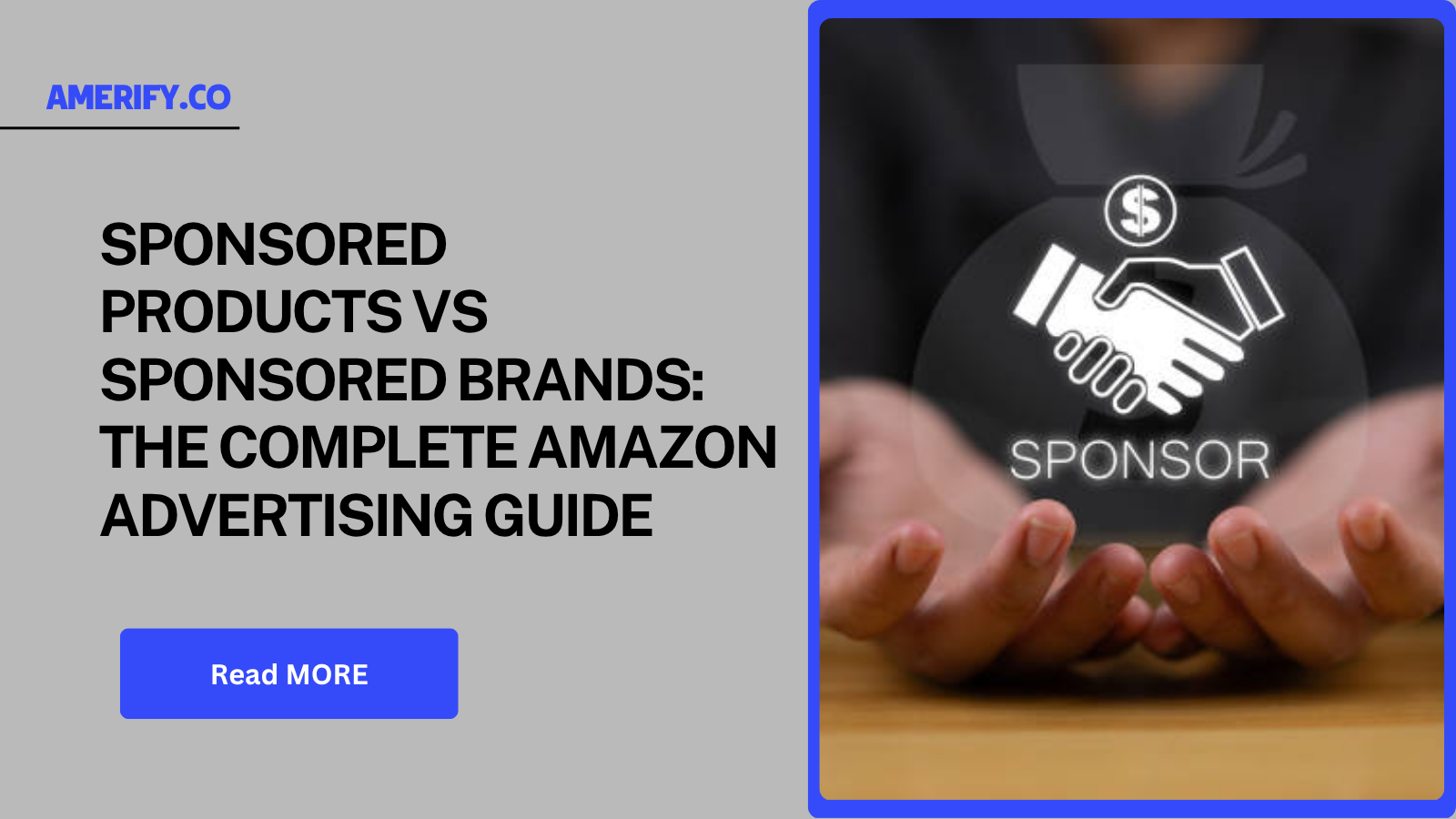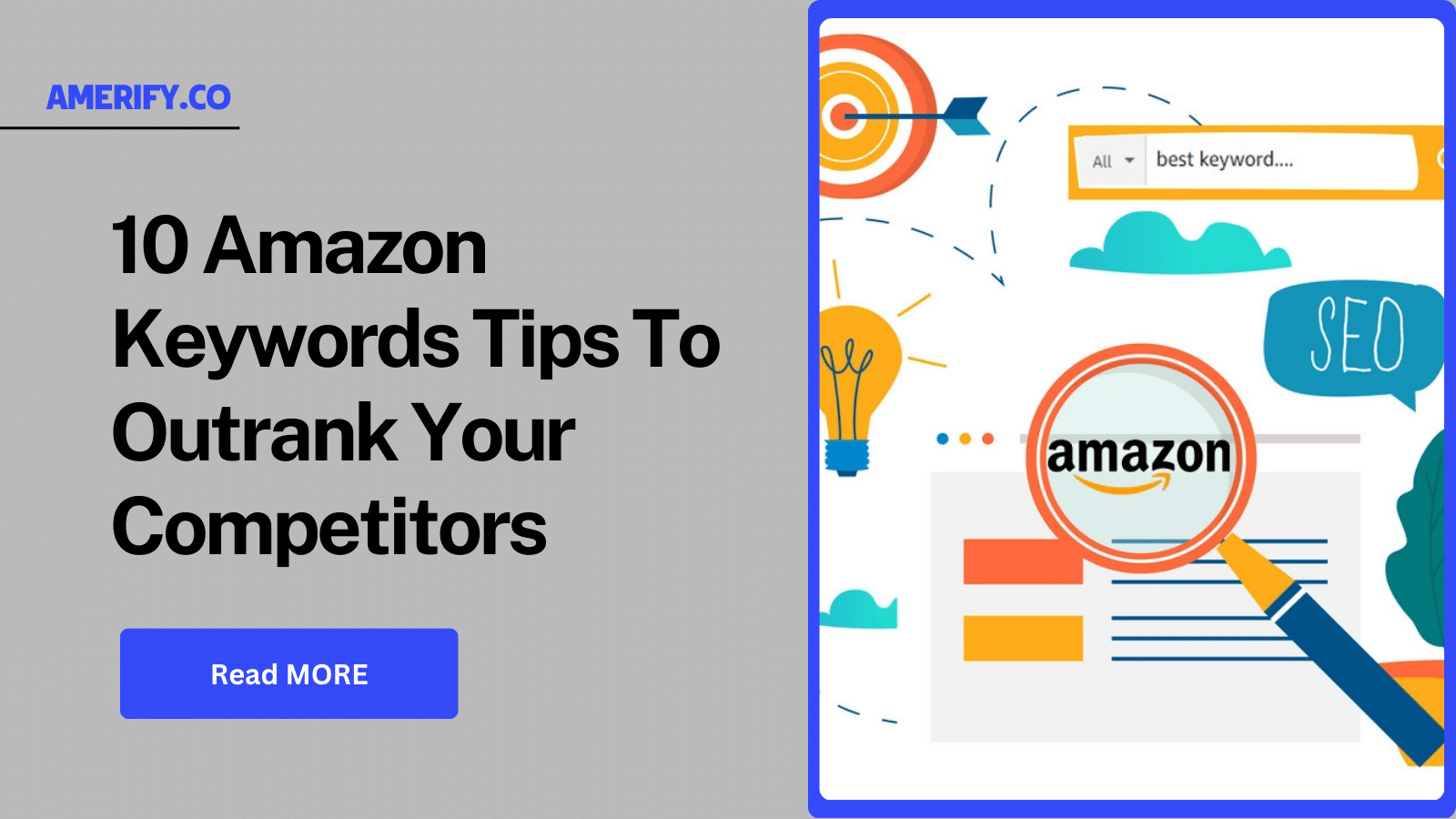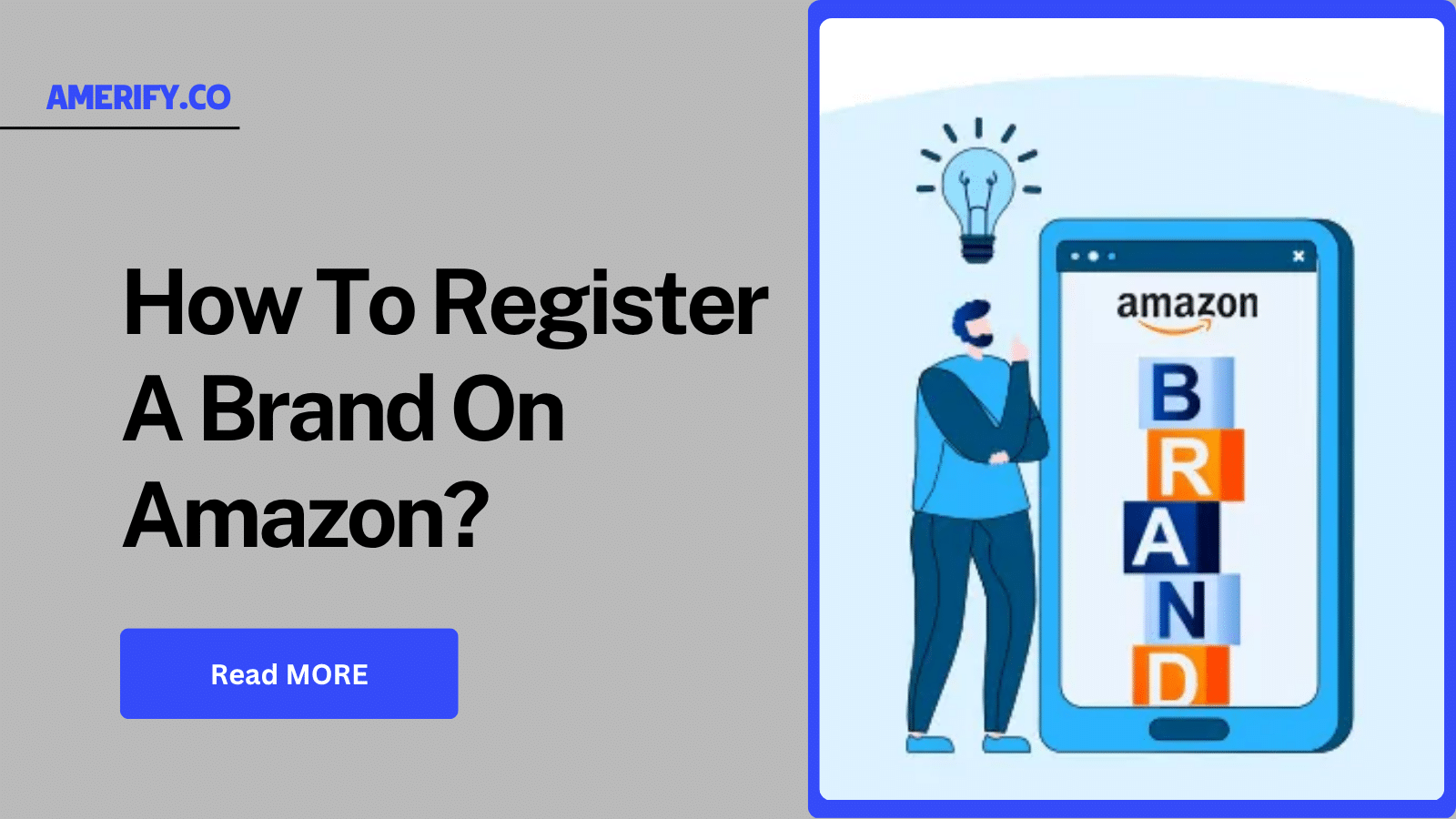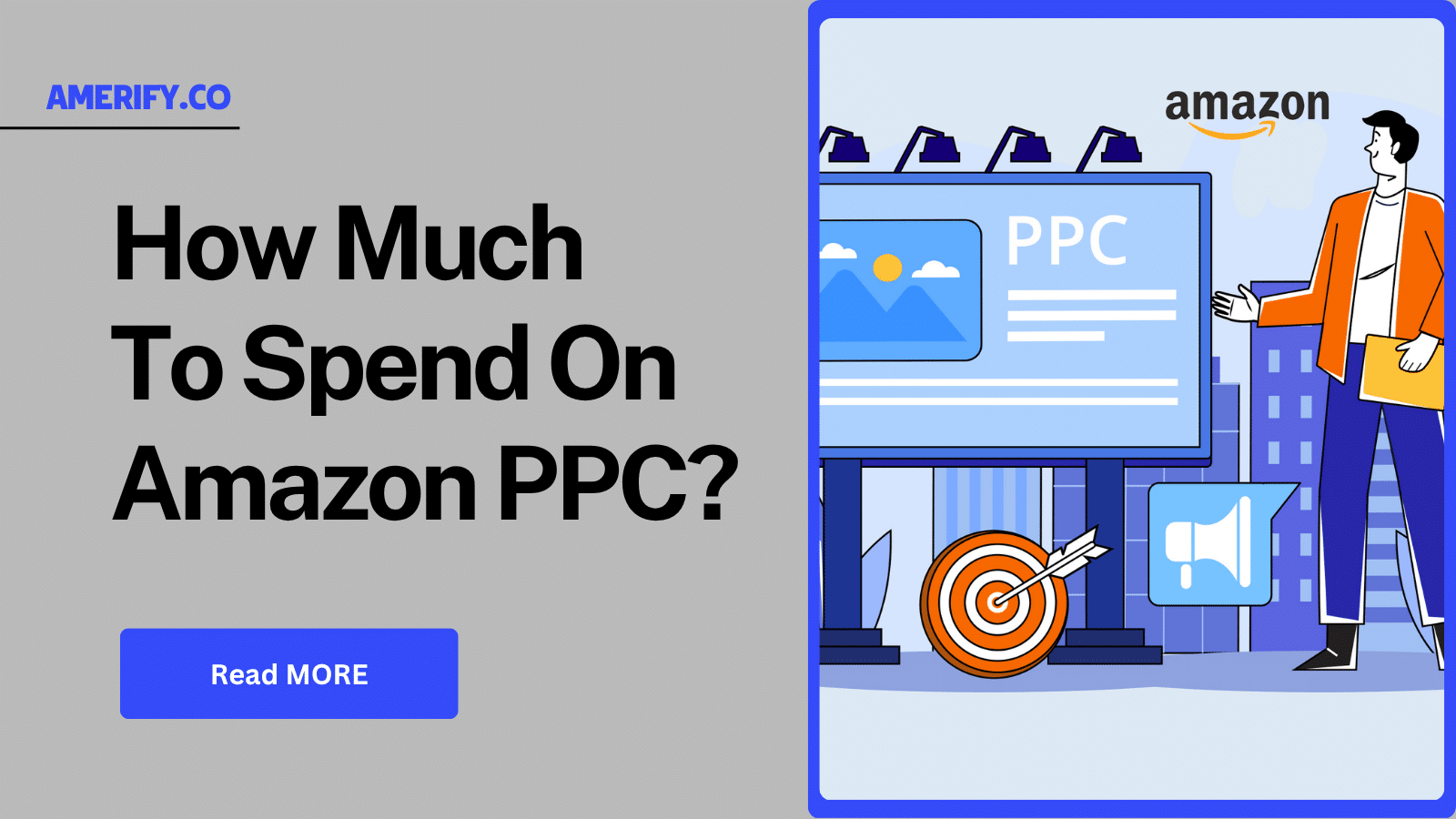Key Takeaways:
- Sponsored Products Drive Direct Sales: Perfect for individual product promotion, these ads appear directly in search results and on product pages, driving immediate conversions with high purchase intent. They’re cost-effective for new sellers and ideal for testing market demand for specific products.
- Sponsored Brands Build Long-Term Recognition: These premium ad placements showcase your brand story, drive traffic to your Store or custom landing pages, and create lasting brand awareness. They’re essential for established sellers looking to dominate their category and build customer loyalty.
- Strategic Combination Maximizes ROI The most successful Amazon advertisers use both ad types strategically—Sponsored Products for direct sales and conversion optimization, while Sponsored Brands build awareness and capture broader market share. This dual approach creates a comprehensive advertising funnel that drives both immediate and long-term results.
Navigating Amazon’s advertising landscape can feel overwhelming, especially when you’re trying to decide between Sponsored Products and Sponsored Brands campaigns.
Both ad types serve crucial roles in your Amazon marketing strategy, but understanding their distinct advantages, optimal use cases, and how they work together is essential for maximizing your advertising ROI.
Whether you’re a new seller looking to drive your first sales or an established brand aiming to dominate your category, this comprehensive guide will help you make informed decisions about your Amazon advertising investments.
Understanding Amazon’s Advertising Ecosystem
Before diving into the specifics of each ad type, it’s important to understand how Amazon’s advertising platform has evolved.
Amazon advertising revenue has grown exponentially, reaching over $40 billion annually, making it the third-largest digital advertising platform globally.
This growth reflects the platform’s effectiveness for sellers, but it also means increased competition.
Understanding which ad type aligns with your goals—whether that’s immediate sales, brand awareness, or long-term market positioning—is crucial for standing out in this competitive landscape.
Amazon’s advertising success lies in its ability to capture high-intent shoppers at various stages of their purchasing journey.
Sponsored Products excel at capturing bottom-funnel traffic when customers are ready to buy, while Sponsored Brands are powerful for reaching customers earlier in their decision-making process.
Sponsored Products: Your Direct Sales Engine
Choose amerify and experience the difference our experts can make.
What Are Sponsored Products?
Sponsored Products are cost-per-click (CPC) ads that promote individual product listings within Amazon’s search results and on product detail pages.
These ads appear seamlessly integrated with organic search results, making them highly effective at capturing shoppers’ attention without feeling intrusive.
Think of Sponsored Products as your direct sales engine—they’re designed to drive immediate conversions by putting your products in front of customers who are actively searching for what you sell.
Key Features and Benefits:
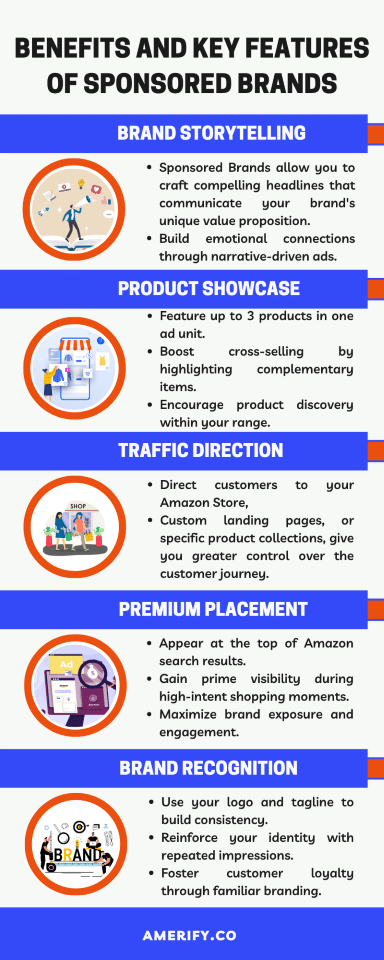
Immediate Visibility: Your products appear in prime real estate within search results, often above organic listings. This immediate visibility is crucial for new products that haven’t yet built organic ranking momentum.
High Purchase Intent: These ads target customers who are actively searching for specific products, resulting in higher conversion rates compared to other advertising channels. When someone searches for “wireless bluetooth headphones,” they’re typically ready to make a purchase decision.
Granular Control: You can promote individual ASINs, allowing for precise budget allocation and performance optimization. This granular control enables you to identify your most profitable products and scale advertising accordingly.
Automatic and Manual Targeting: Amazon offers both automatic targeting (where Amazon chooses relevant keywords) and manual targeting (where you select specific keywords). This flexibility allows both beginners and advanced advertisers to find success.
Optimal Use Cases:
New Product Launches: When launching a new product, Sponsored Products provide essential initial visibility. Without reviews or sales history, new products struggle to rank organically. Sponsored Products bridge this gap by driving early sales and reviews.
Inventory Management: If you have excess inventory of specific products, Sponsored Products can help move stock quickly by increasing visibility for those particular ASINs.
Competitive Defense: When competitors are targeting your branded keywords, Sponsored Products help you maintain visibility for your own brand terms.
Testing Market Demand: Before investing heavily in inventory or brand-building campaigns, Sponsored Products allow you to test market demand for specific products cost-effectively.
Example Success Story:
Consider a kitchen gadget seller launching a new silicone baking mat. They start with an automatic Sponsored Products campaign with a modest daily budget of $25. Within the first week, they identify that searches for “non-stick baking mat” and “reusable baking liner” are driving the most conversions.
They then create a manual campaign targeting these high-performing keywords, gradually increasing bids for the most profitable terms. Over three months, this strategic approach helps the product gain organic ranking momentum, achieve 50+ reviews, and establish a strong foundation for long-term success.
By month three, the baking mat has moved from page 5 to page 1 for several key search terms, and the seller can begin reducing their advertising spend while maintaining sales velocity.
Sponsored Brands: Building Your Empire
What Are Sponsored Brands?
Sponsored Brands are premium advertising placements that showcase your brand logo, a custom headline, and multiple products. These ads appear at the top of search results, in sidebar placements, and within search results, providing maximum visibility for your brand story.
Unlike Sponsored Products, which focus on individual items, Sponsored Brands promote your entire brand ecosystem and drive traffic to either your Amazon Store or custom landing pages.
Key Features and Benefits:
- Brand Storytelling: Sponsored Brands allow you to craft compelling headlines that communicate your brand’s unique value proposition. Instead of just showing a product, you’re telling customers why they should choose your brand.
- Multiple Product Showcase: Display up to three products in a single ad, allowing customers to see your product range and potentially discover items they wouldn’t have found otherwise.
- Traffic Direction: Direct customers to your Amazon Store, custom landing pages, or specific product collections, giving you greater control over the customer journey.
- Premium Placement: These ads occupy prime real estate at the top of search results, ensuring maximum visibility and brand exposure.
- Brand Recognition: Consistent brand exposure through logo and messaging helps build long-term brand recognition and customer loyalty.
Advanced Features:
Video Creative: Sponsored Brands now support video content, allowing you to demonstrate product features, tell your brand story, or showcase customer testimonials in an engaging format.
Store Spotlight: This feature automatically showcases curated products from your Store, helping customers discover your full product catalog.
Custom Landing Pages: Create targeted landing pages within your Amazon Store that align with specific ad campaigns, improving the customer experience and conversion rates.
Optimal Use Cases:
Brand Awareness Campaigns: When you want to build brand recognition and establish market presence, Sponsored Brands provide unparalleled visibility and storytelling opportunities.
Cross-Selling Opportunities: If you have a diverse product catalog, Sponsored Brands help customers discover complementary products they might not have found through individual product searches.
Category Domination: For established brands looking to dominate their category, Sponsored Brands help maintain top-of-mind awareness and defend market share.
Premium Positioning: When you want to position your brand as a premium option, the prominent placement and professional appearance of Sponsored Brands reinforce this positioning.
Example Success Story:
Imagine a premium pet care brand that sells organic dog treats, supplements, and toys. Their goal is to establish themselves as the go-to brand for health-conscious pet owners.
They launch a Sponsored Brands campaign with the headline “Premium Organic Pet Care – Your Dog Deserves the Best” and showcase their three hero products: grain-free treats, joint supplements, and interactive toys.
The ad directs traffic to a custom Store page that tells their brand story, highlights their organic certifications, and features customer testimonials. Over six months, this campaign not only drives direct sales but also builds brand recognition.
Customers begin searching specifically for their brand name, organic search traffic increases by 40%, and they establish a loyal customer base that regularly purchases across their entire product line. The brand’s average order value increases as customers discover and purchase multiple products during each visit.
Head-to-Head Comparison
1. Cost Considerations:
Sponsored Products: Generally have lower cost-per-click rates, making them accessible for sellers with limited budgets. The average CPC varies by category but typically ranges from $0.30 to $2.00 for most product categories.
Sponsored Brands: Command premium pricing due to their prominent placement and brand-building capabilities. CPCs are typically 2-3x higher than Sponsored Products, but they often deliver higher lifetime customer value.
Budget Allocation Strategy: Most successful sellers allocate 60-70% of their ad spend to Sponsored Products for direct sales generation and 30-40% to Sponsored Brands for brand building and awareness.
2. Performance Metrics:
Sponsored Products Metrics to Track:
- Click-through Rate (CTR): Industry average ranges from 0.5% to 0.8%
- Conversion Rate: Typically higher due to high purchase intent
- Advertising Cost of Sales (ACoS): Direct measurement of ad efficiency
- Return on Ad Spend (ROAS): Clear ROI calculation
Sponsored Brands Metrics to Track:
- Brand Awareness Metrics: Increase in branded search volume
- Store Visits: Traffic driven to your Amazon Store
- Detail Page View Rate (DPVR): How many ad clicks result in product page visits
- New Customer Acquisition: Percentage of sales from first-time buyers
3. Targeting Capabilities:
Sponsored Products Targeting:
- Keyword Targeting: Broad, phrase, and exact match keywords
- Product Targeting: Target specific ASINs, categories, or brands
- Automatic Targeting: Amazon’s algorithm selects relevant targets
Sponsored Brands Targeting:
- Keyword Targeting: Similar to Sponsored Products but with brand context
- Product Category Targeting: Target broad categories to build awareness
- Audience Targeting: Reach customers based on shopping behavior and interests
Strategic Integration: The Power of Combined Campaigns
The most successful Amazon advertisers don’t choose between Sponsored Products and Sponsored Brands—they use both strategically to create a comprehensive advertising funnel.
The Integrated Approach:
Top of Funnel (Awareness): Use Sponsored Brands to introduce your brand to new customers, build awareness, and establish credibility in your category.
Middle of Funnel (Consideration): Both ad types work together as customers research options. Sponsored Brands showcase your range while Sponsored Products appear for specific product searches.
Bottom of Funnel (Conversion): Sponsored Products excel at capturing high-intent customers ready to purchase, while Sponsored Brands can reinforce brand choice at the final decision moment.
Campaign Coordination Strategies:
Keyword Strategy Alignment: Use broad keywords in Sponsored Brands campaigns to build awareness, then target the same keywords with exact match in Sponsored Products for conversion optimization.
Sequential Targeting: Target customers who viewed your Sponsored Brands ads with Sponsored Products campaigns, creating a remarketing-like effect within Amazon’s ecosystem.
Seasonal Coordination: Scale Sponsored Brands during peak awareness periods (like back-to-school or holiday seasons) while maintaining steady Sponsored Products campaigns for consistent sales.
Budget Allocation Framework:
New Sellers (First 6 Months):
- 80% Sponsored Products: Focus on driving initial sales and reviews
- 20% Sponsored Brands: Begin building brand recognition
Established Sellers (6+ Months):
- 60% Sponsored Products: Maintain sales momentum
- 40% Sponsored Brands: Scale brand building and market expansion
Premium Brands:
- 50% Sponsored Products: Targeted conversion campaigns
- 50% Sponsored Brands: Heavy emphasis on brand storytelling and premium positioning
Advanced Optimization Strategies
Sponsored Products Optimization:
- Keyword Harvesting: Regularly review automatic campaigns to identify high-performing search terms, then add these to manual campaigns with optimized bids.
- Negative Keyword Management: Use negative keywords to prevent ads from showing for irrelevant searches, improving campaign efficiency and reducing wasted spend.
- Bid Optimization: Implement dayparting strategies to bid higher during peak shopping hours and lower during off-peak times.
- Product Portfolio Strategy: Cross-promote complementary products by targeting competitors’ ASINs or related product categories.
Sponsored Brands Optimization:
- Creative Testing: Regularly test different headlines, images, and product combinations to identify the most compelling brand messages.
- Landing Page Optimization: Create custom Store pages that align with your ad campaigns, ensuring a seamless customer experience from ad click to purchase.
- Brand Messaging Evolution: Adjust your brand messaging based on seasonal trends, customer feedback, and competitive landscape changes.
- Cross-Campaign Learning: Use insights from Sponsored Products performance to inform Sponsored Brands keyword strategies and vice versa.
Common Mistakes to Avoid
Sponsored Products Pitfalls:
Over-Reliance on Automatic Campaigns: While automatic campaigns are great for discovery, manual campaigns typically deliver better long-term performance and control.
Ignoring Search Term Reports: Failing to regularly review and optimize based on actual search terms leads to wasted ad spend and missed opportunities.
Bidding Too Aggressively Early: New sellers often overbid in competitive markets, leading to poor ACoS and quick budget depletion.
Neglecting Product Listing Optimization: Running ads to poorly optimized listings wastes money and reduces conversion potential.
Sponsored Brands Pitfalls:
Generic Messaging: Using bland headlines like “High Quality Products” instead of communicating specific value propositions.
Poor Product Selection: Showcasing products that don’t align with the search intent or brand message.
Inadequate Store Development: Directing traffic to incomplete or poorly designed Store pages that fail to convert visitors.
Inconsistent Branding: Using different messaging, colors, or styles across campaigns that confuse brand identity.
Measuring Success and ROI
1. Key Performance Indicators (KPIs):
Short-Term Metrics:
- Click-Through Rate (CTR)
- Conversion Rate
- Cost Per Click (CPC)
- Advertising Cost of Sales (ACoS)
Long-Term Metrics:
- Organic Rank Improvement
- Brand Search Volume Growth
- Customer Lifetime Value (CLV)
- Market Share Expansion
2. ROI Calculation Framework:
Sponsored Products ROI:
ROI = (Revenue from Ads – Ad Spend) / Ad Spend × 100
Sponsored Brands ROI (Including Brand Value):
Total ROI = (Direct Sales + Attributed Organic Sales + Brand Value) – Ad Spend) / Ad Spend × 100
3. Attribution Considerations:
Amazon’s attribution windows vary between ad types, and understanding these differences is crucial for accurate ROI calculation. Sponsored Products typically have shorter attribution windows, while Sponsored Brands’ impact on brand awareness may drive sales weeks or months later.
Future Trends and Considerations
1. Emerging Developments:
AI-Powered Optimization: Amazon continues to enhance its machine learning capabilities, making automatic campaigns more sophisticated and effective.
Video Integration: Sponsored Brands increasingly support video content, requiring advertisers to develop video marketing capabilities.
Voice Search Impact: As Alexa adoption grows, voice search optimization becomes increasingly important for both ad types.
International Expansion: Amazon’s global marketplace expansion creates new opportunities for brands to scale their advertising internationally.
2. Preparing for Changes:
Stay Informed: Amazon’s advertising platform evolves rapidly. Subscribe to Amazon’s advertiser updates and industry publications to stay current.
Test New Features: When Amazon releases new targeting options or creative formats, early adopters often benefit from lower competition and costs.
Build Data Infrastructure: Invest in tools and processes to track performance across campaigns, enabling data-driven optimization decisions.
Conclusion: Building Your Amazon Advertising Strategy
The choice between Sponsored Products and Sponsored Brands isn’t really a choice at all—it’s about understanding how each serves your specific business goals and stage of growth.
Sponsored Products excel at driving immediate sales and testing market demand, making them essential for new sellers and direct response campaigns. Their lower costs and granular control make them accessible to sellers at any budget level.
Sponsored Brands build the foundation for long-term success by establishing brand recognition, showcasing product ranges, and creating customer loyalty. While they require higher investment, they deliver compound returns through increased brand value and customer lifetime value.
The most successful Amazon sellers use both strategically, creating integrated campaigns that capture customers at every stage of their journey. They start with Sponsored Products to drive initial sales and validation, then layer in Sponsored Brands to build lasting market presence.
Your advertising strategy should evolve with your business. New sellers should prioritize Sponsored Products for immediate traction, gradually increasing Sponsored Brands investment as they establish market presence. Established brands should balance both ad types to maintain sales momentum while building long-term competitive advantages.
Don’t wait to optimize your Amazon advertising strategy. The competitive landscape continues to intensify, and early movers in strategic advertising often establish market positions that compound over time.
Ready to maximize your Amazon advertising ROI? Contact our team for a comprehensive audit of your current campaigns, or explore our full-service Amazon advertising management to take your business to the next level.
Let Amerify help you navigate the complexities of Amazon’s advertising ecosystem, so you can focus on what you do best—growing your business and serving your customers.
